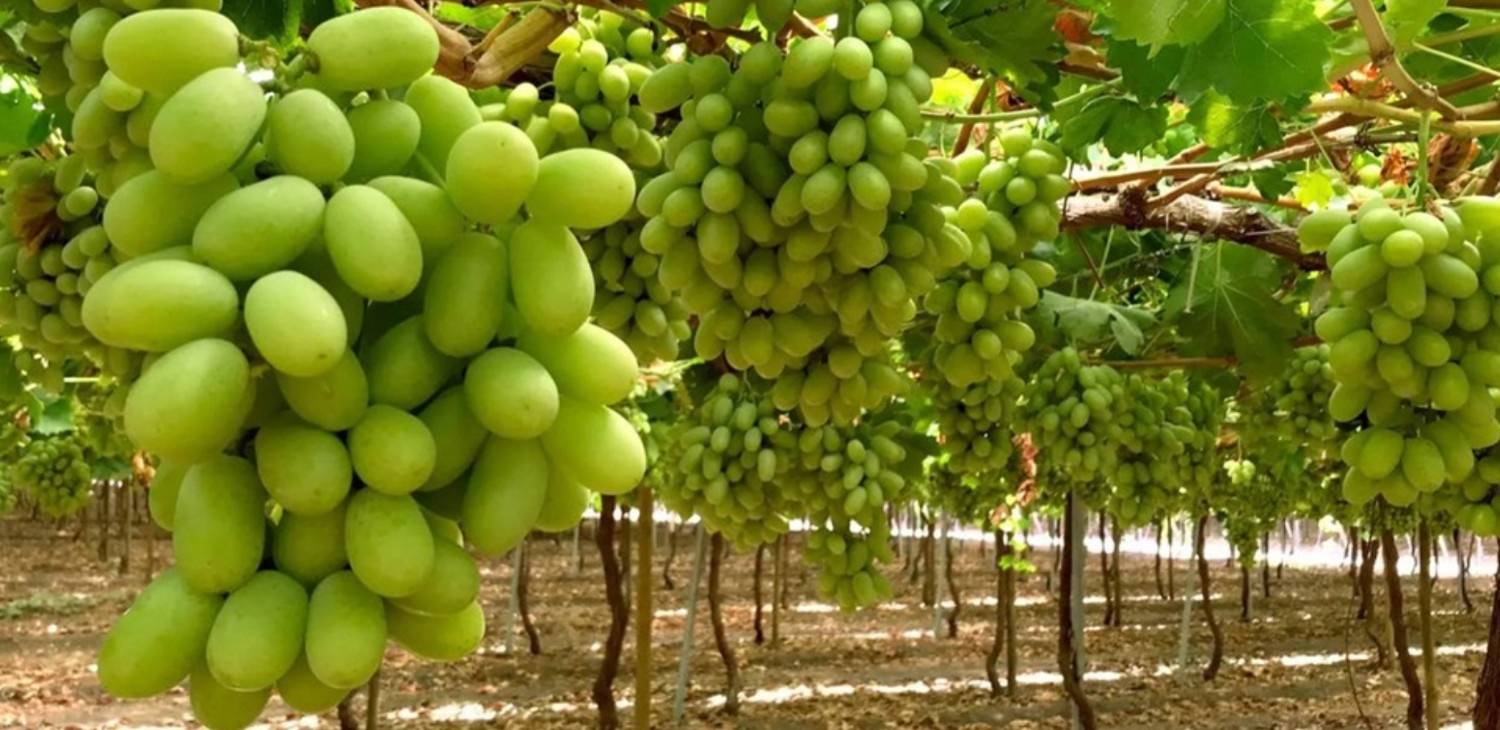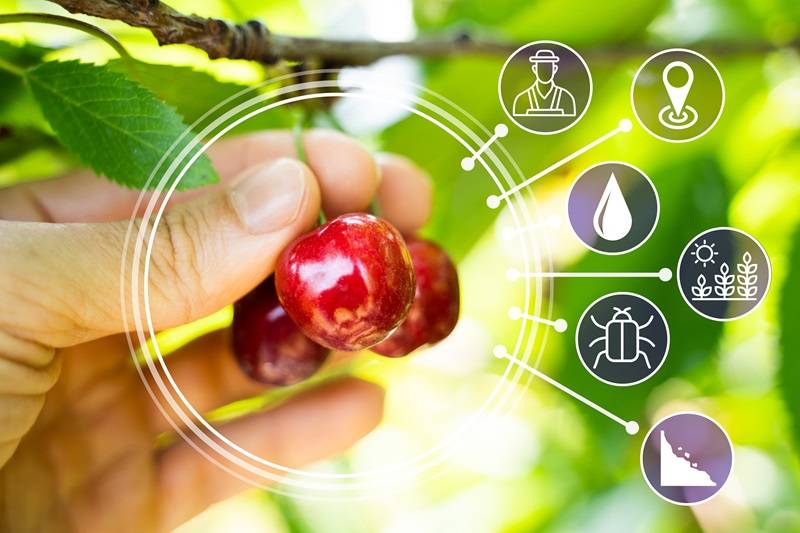Mexico’s table grape season has come to a close, providing an opportune moment to reflect on the current state of the industry. Freshfruitportal.com recently had the chance to speak with Sergio Lugo, the director of Mexico Table Grapes at the Sonora Table Grape Growers Association. Lugo shared insights into the challenges and successes of the recent grape season in Mexico.
One of the key observations made by Lugo was the drop in prices in the U.S. market, leading some producers to opt for selling their grapes domestically. This shift was influenced by the oversupply of grapes, with inventories exceeding market demand. Lugo highlighted that the industry faced challenges in achieving expected yields, particularly in certain grape varieties, due to the impact of heat waves on production. The hot weather persisted for much of the season, affecting grape quality and quantity.
In addition to domestic factors, Lugo also discussed the impact of global grape supply, specifically mentioning Chile as a significant player in the late-season fruit market. The increased supply from Chile resulted in a surplus of grapes, prompting Mexican producers to explore alternative markets to avoid saturating U.S. supermarket shelves.
Looking ahead, Lugo revealed that the industry is currently in the initial stages of preparing for the upcoming season through pruning activities. Pruning has already commenced in the Sonora region, with Jalisco following suit. The industry is eagerly awaiting cooler temperatures to progress further in their preparations. Lugo estimated that the next grape season is likely to commence around mid-May.
Reflecting on the recently concluded season, Mexico shipped a total of 23.8 million boxes of grapes, predominantly to the U.S. market. This figure represented a slight decrease from the previous season, attributed to reduced yields caused by adverse weather conditions. The domestic market also proved to be a significant destination for Mexican grapes, with nearly 7 million boxes sold locally. Asian markets received around 2 million boxes of Mexican grapes.
In terms of pricing, Lugo noted that the average price per box stood at over $22 for the season. He emphasized the importance of achieving a profitability range of $23 to $25 per box for the Mexican table grape industry. However, factors such as competition from California, Peru, and Chile, along with oversupply, contributed to price fluctuations during the season.
Addressing challenges faced by the industry, Lugo acknowledged increased costs and labor issues as significant hurdles. Despite these obstacles, he expressed optimism regarding labor availability for the upcoming season, anticipating a sufficient workforce to manage grape production. Lugo also noted the impact of shifting agricultural trends in Mexico, with increased production of crops like berries and avocados affecting labor availability. The scarcity of rainfall in certain regions has redirected labor towards grape cultivation, ensuring a steady workforce for the industry.
In conclusion, the Mexican table grape industry navigated a challenging season marked by pricing fluctuations, oversupply, and weather-related setbacks. Despite these challenges, the industry remains resilient and proactive in addressing issues to ensure a successful upcoming season. With careful planning, strategic market positioning, and a focus on labor management, the Mexican table grape industry is poised for continued growth and success in the future.




